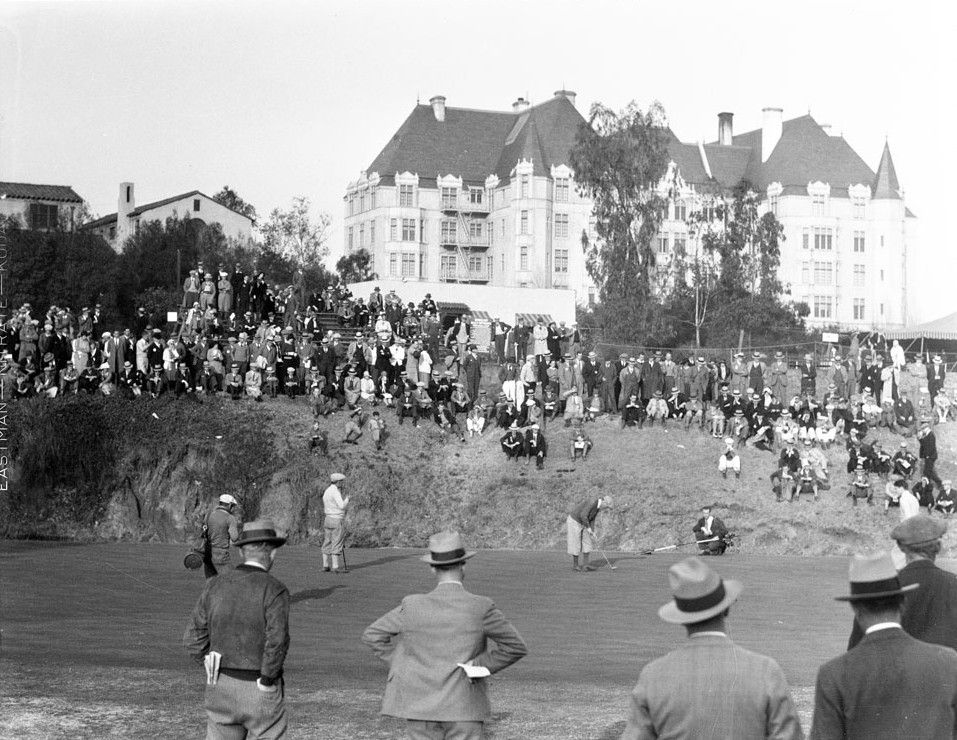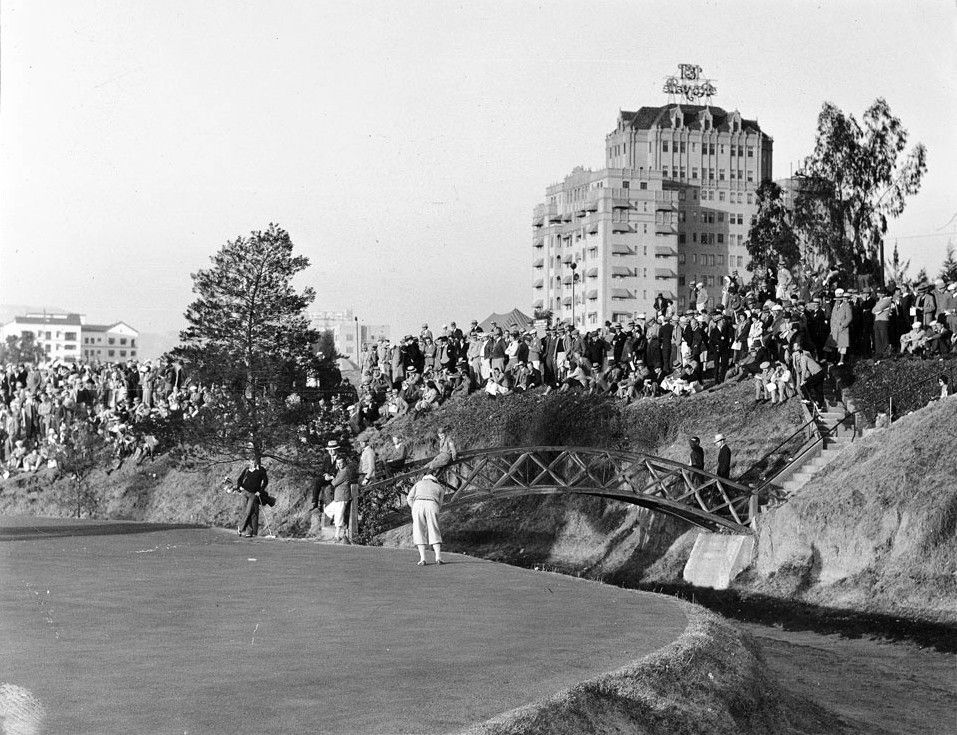There's an article in the April 1921 edition of Golf Illustrated that raises some questions regarding who did what at Wilshire. I was always under the impression that it was all Macbeth, but the article suggests the course was designed by Charlie Orr (Orr is also credited as being part of the team that designed LACC in 1910-11).
"Macbeth was with Charlie Orr, another of the sons of St. Andrew, the founder and architect of the new Wilshire Country Club at Los
Angeles..."
(
http://www.la84foundation.org/SportsLibrary/GolfIllustrated/1921/gi151r.pdf)
On the Wilshire CC website, the club notes the following facts regarding the two men and the course:
- both Macbeth and Orr were given honorary memberships for services rendered;
- both men were appointed to the Greens Committe along with A.D.S. Johnston
- Macbeth was on the initial board of directors for the club
- the history suggests that there is evidence of Macbeth having been directed to commence with construction
- the minutes from 1919 and 1920 make little mention of the construction of the course
- the course was ready for play in December of 1920
- the history speculates that Macbeth may have been given assistance by Orr and/or Roger Lapham
Macbeth's son is quoted regarding the laying out of the course:
"I feel safe in saying that nobody else helped my father in the design and layout of the course. I went out with him several ties while he walked around and put stakes in the ground. We took an old Airedale along, but there was nobody else in the neighborhood. No one came to the house or discussed it on the telephone. I am rather puzzled that he could do the whole job in a few Saturday afternoons, but then I read recently of James Braid laying out a famous Irish course in one afternoon for a fee of 20 pounds (it had to be altered later)."
The history contains the following description of Macbeth's credentials:
"Macbeth was not a golf course architect, but he had played a great deal of golf in many parts of the world and was one of the finest golfers – either amateur or professional – in California."
Here's how Macbeth described designing the course in an August 1920 article:
"Few players with any ideas in their minds about gold course design would have been without a longing to put them into effect upon looking over the land which was offered to the Wilshire Country Club by Mr. Allan Hancock. Certainly I had that longing as it is really good golfing country. It has one supreme virtue – that of naturalness; those narrow, winding stream-beds where the clumps of willow grow were put there by the hand of Nature herself, who, if she be not so cunning is at any rate infinitely more artistic than any golf architect."
I found the following passage regarding the availability of beach sand interesting:
"Beach sand, plentiful in those days, was brought in early and much of it was dumped on the fairways to minimize damage by equipment. There was plenty of sand for the bunkers, which were then larger and more plentiful. Several have been taken out over the years because maintenance of bunkers increased golf courser labor substantially."
And just for the hell of it, some early photos of the course:


